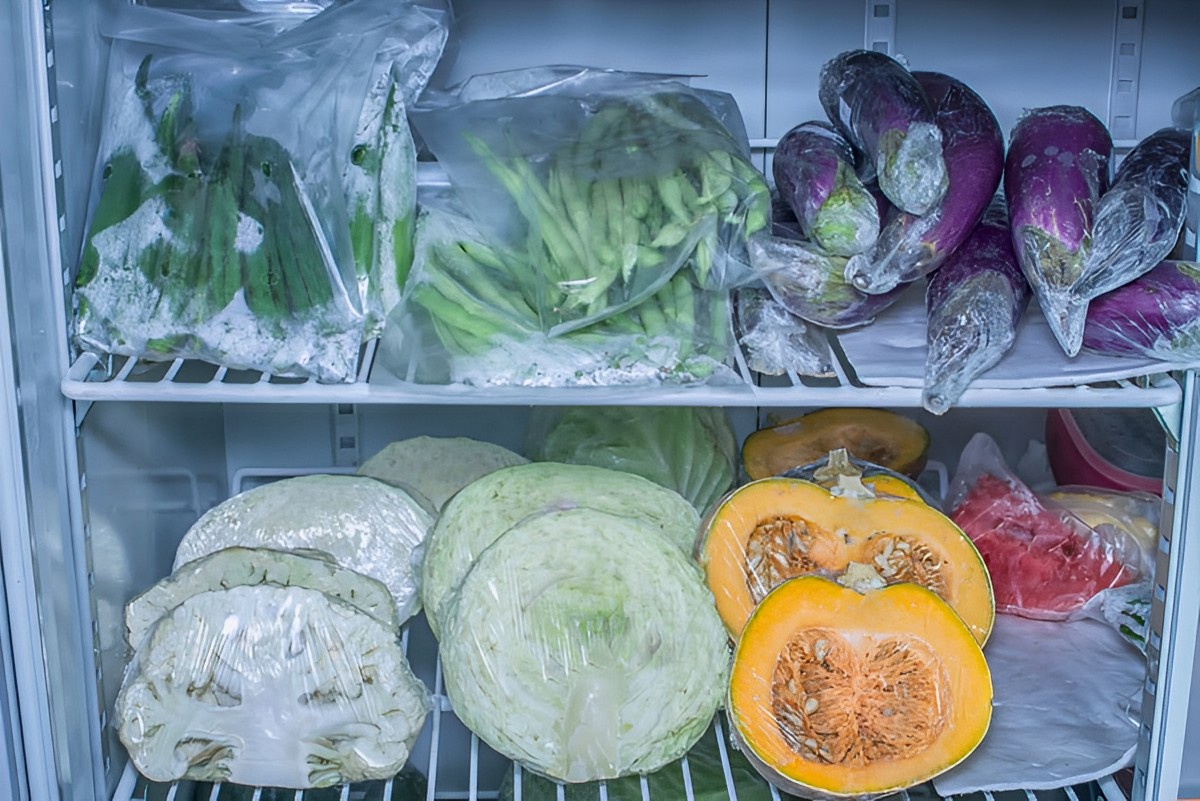

Articles
How To Store Cabbage In Fridge After Cutting
Modified: February 26, 2024
Learn how to store cabbage in the fridge after cutting it in this helpful article. Follow these tips to keep your cabbage fresh and flavorful for longer.
(Many of the links in this article redirect to a specific reviewed product. Your purchase of these products through affiliate links helps to generate commission for Storables.com, at no extra cost. Learn more)
Introduction
When it comes to storing vegetables, cabbage is one that needs special attention. Whether you have leftover cabbage from a recipe or you want to prep ahead for future meals, knowing how to store cabbage properly is important to maintain its freshness and flavor.
Cabbage is a versatile and nutritious vegetable that can be used in a variety of dishes, from stir-fries to salads and coleslaw. However, once it’s been cut, the cabbage becomes more susceptible to spoilage if not stored correctly. In this article, we will guide you through the steps on how to store cabbage in the fridge after cutting, ensuring that it stays fresh for longer.
By following these simple tips, you will not only prolong the lifespan of your cabbage but also minimize waste and save money in the long run. So, let’s dive in and learn how to properly store cabbage in the fridge after it has been cut.
Key Takeaways:
- Store cut cabbage in the fridge to maintain freshness, nutritional value, and convenience. Choose the right cabbage, prepare it properly, and use airtight containers for optimal storage.
- Keep cut cabbage dry, inspect for spoilage, and use within a few days for best results. Consider freezing if unable to consume within a few days.
Read more: How To Store Cabbage After Cutting
Why Should You Store Cabbage in the Fridge?
Storing cabbage in the fridge is essential for maintaining its freshness and keeping it crisp. Here are a few reasons why you should store cabbage in the fridge after cutting:
- Prolongs Freshness: Cabbage is a perishable vegetable that can deteriorate quickly if not stored properly. Keeping it in the fridge helps to slow down the spoilage process, preserving its freshness for a longer period.
- Maintains Nutritional Value: Cabbage is packed with essential nutrients like vitamin C and fiber. Storing it in the fridge helps to retain its nutritional value, ensuring that you get the maximum benefit from this healthy vegetable.
- Prevents Bacterial Growth: When cabbage is exposed to air and moisture, bacteria can multiply rapidly, leading to spoilage and potential foodborne illnesses. Storing cabbage in the fridge creates a cool and dry environment that inhibits the growth of harmful bacteria.
- Reduces Waste: By storing cut cabbage properly in the fridge, you can extend its lifespan, meaning you’re less likely to waste it. This not only saves you money but is also an eco-friendly practice.
- Convenience for Meal Preparation: Having cut cabbage readily available in the fridge makes meal preparation quicker and more convenient. Whether you’re planning to use it in a cooked dish or a fresh salad, having pre-cut cabbage on hand saves time in the kitchen.
Now that we understand the importance of storing cabbage in the fridge, let’s move on to the step-by-step process of how to do it correctly.
Step 1: Choose the Right Cabbage
Before you even begin the process of storing cabbage in the fridge, it’s important to choose the right cabbage for the best results. Here are a few tips to help you select the perfect cabbage:
- Look for Freshness: When purchasing cabbage, opt for heads that are firm and heavy for their size. Avoid cabbages with wilted or discolored leaves, as they may indicate that the cabbage is past its prime.
- Inspect the Outer Leaves: Take a close look at the outer leaves of the cabbage. They should be crisp and vibrant in color. Avoid cabbages with outer leaves that are damaged or have signs of decay.
- Choose the Right Size: Cabbages come in various sizes, and it’s important to choose one that suits your needs. Smaller cabbages are ideal if you’re cooking for one or two people, while larger cabbages can be great for batch cooking or feeding a crowd.
- Consider the Variety: Cabbage comes in different varieties, such as green, red, and Savoy cabbage. Each variety has its own unique flavor and texture, so choose the one that best suits your preferences or the recipe you plan to make.
- Organic or Conventional: Decide whether you want to purchase organic or conventional cabbage. Organic cabbage is grown without the use of synthetic pesticides and fertilizers, making it a healthier and more environmentally-friendly option.
By choosing the right cabbage, you’re setting the foundation for successful storage and ensuring that you have a fresh and high-quality vegetable to work with. Once you’ve brought your cabbage home, it’s time to move on to the next step: preparation before cutting.
Step 2: Preparation Before Cutting
Before you start cutting a cabbage, there are a few important preparations you need to make to ensure the process goes smoothly and the cabbage stays fresh. Follow these steps:
- Wash the Cabbage: Rinse the cabbage under cold water to remove any dirt or debris on the outer leaves. Gently pat it dry with a clean towel or paper towel.
- Remove Outer Leaves: Inspect the outer leaves of the cabbage and remove any that are discolored or wilted. These leaves are more prone to spoilage and can affect the freshness of the rest of the cabbage.
- Sanitize Cutting Surface and Knife: Clean and sanitize your cutting board and knife to prevent any bacteria or contaminants from transferring to the cabbage. Use hot soapy water or a disinfecting solution to ensure they are thoroughly cleaned.
- Gather Your Tools: Have a sharp knife, preferably a chef’s knife, and a clean cutting board ready for the cabbage. This will make the cutting process easier and safer.
- Determine the Cutting Method: Decide how you want to cut the cabbage based on your recipe or preferences. Common cutting methods include shredding, slicing, or chopping into wedges. Ensure you have a clear idea of how you want the cabbage to be cut before you proceed.
By properly preparing the cabbage and your cutting tools, you set the stage for a successful cutting process. Taking these precautions helps maintain cleanliness and reduces the risk of bacteria spreading, ensuring the cabbage stays fresh and safe to consume. Now that you’re ready to cut the cabbage, let’s move on to the next step.
Step 3: Cutting Cabbage Properly
When it comes to cutting cabbage, it’s important to follow the right technique to ensure even pieces and maintain the freshness of the vegetable. Here’s how to cut cabbage properly:
- Remove the Core: Place the cabbage on your cutting board with the stem end facing up. Use a sharp knife to carefully cut around the core in a circular motion. Remove and discard the core.
- Shred the Cabbage: If you want to shred the cabbage for salads or coleslaw, start by cutting the cabbage in half vertically. Then, thinly slice each half into long strips. You can adjust the thickness according to your preference.
- Slice the Cabbage: For recipes that call for sliced cabbage, place the halved cabbage cut-side down on the cutting board. Slice perpendicular to the core, creating thin or thick slices, depending on your recipe.
- Chop into Wedges: To create cabbage wedges for roasting or stir-frying, cut the cabbage in half vertically, and then into quarters. Each quarter can be further divided into smaller wedges if desired.
- Uniformity is Key: Ensure that your cuts are uniform in size to ensure even cooking and consistency in your dishes. This will allow the cabbage to cook evenly and maintain its texture.
Remember to take your time and be cautious while cutting the cabbage. Use a sharp knife to make clean cuts, and keep your fingers away from the blade to prevent any accidents. Once the cabbage is cut, it’s time to move on to the next step: storing it in the fridge.
Store cut cabbage in a resealable plastic bag or airtight container in the fridge. Make sure to remove any outer leaves that have wilted or browned. It will stay fresh for up to 1-2 weeks.
Read more: How To Store Red Cabbage After Cutting
Step 4: Storing Cut Cabbage in the Fridge
After cutting the cabbage, it’s crucial to store it properly in the refrigerator to maintain its freshness and prevent spoilage. Follow these steps to store cut cabbage in the fridge:
- Wrap in Plastic Wrap or Foil: Take the cut cabbage and wrap it tightly in plastic wrap or aluminum foil. This helps to create a barrier that prevents moisture loss and minimizes exposure to air, which can cause the cabbage to wilt.
- Place in a Ziplock Bag: Once wrapped, place the wrapped cabbage in a resealable plastic bag or airtight container. This provides an extra layer of protection and helps to keep the cabbage fresh for longer.
- Label and Date: To keep track of the storage time, label the bag or container with the date. This helps you know how long the cabbage has been stored and when it should be used by.
- Store in the Fridge: Place the sealed bag or container in the vegetable crisper drawer of your refrigerator. The cool temperature and consistent humidity in the crisper drawer help to maintain the cabbage’s crispness and prevent it from drying out.
- Avoid Storing Near Ethylene-Producing Fruits: Keep in mind that cabbage is sensitive to ethylene gas, which is produced by certain fruits like apples and bananas. To prevent premature spoilage, store the cabbage away from these ethylene-producing fruits in the fridge.
By following these steps, you can prolong the shelf life of cut cabbage and ensure that it stays fresh and crisp until you’re ready to use it. However, it’s important to note that cut cabbage is best consumed within a few days for optimal taste and texture.
Next, let’s explore a reusable container option for storing cut cabbage in the fridge.
Step 5: Using a Reusable Container
Using a reusable container is a convenient and eco-friendly option for storing cut cabbage in the fridge. Here’s how to use a reusable container to store your cabbage:
- Choose a Suitable Container: Look for a container that is large enough to accommodate the cut cabbage without squishing or overcrowding it. Glass or BPA-free plastic containers with airtight lids are ideal options.
- Place the Cut Cabbage in the Container: Transfer the wrapped cabbage into the reusable container, ensuring that it fits comfortably and is not tightly packed. This will help maintain the shape and texture of the cabbage.
- Seal the Container: Securely close the lid of the container to create an airtight seal. This will minimize exposure to air and moisture, helping to keep the cabbage fresh for longer.
- Label and Date: Just like when using plastic wrap or foil, it’s important to label the container with the date of storage. This allows you to keep track of how long the cabbage has been stored.
- Store in the Fridge: Place the sealed container in the vegetable crisper drawer or any other appropriate section of your refrigerator. Remember to keep it away from ethylene-producing fruits to prevent premature spoilage.
Using a reusable container not only keeps your cabbage fresh but also reduces waste by eliminating the need for single-use plastic wrap or bags. It’s a sustainable choice that helps to minimize your environmental footprint while maintaining food quality.
Now that you know how to use a reusable container for storing cut cabbage, let’s explore some additional tips to further extend its freshness and quality.
Step 6: Additional Tips for Storing Cabbage
In addition to the previous steps, here are some extra tips to help you maximize the freshness and quality of stored cabbage:
- Keep the Cabbage Dry: Moisture can lead to mold or rot. Before storing, ensure that the cabbage is completely dry. Excess moisture can be absorbed by using a paper towel to gently pat it dry.
- Store Intact Cabbage Head: If you have a whole cabbage that you haven’t cut yet, it can be stored without cutting. Simply remove any loose outer leaves, wrap the entire head tightly in plastic wrap or foil, and store it in the fridge.
- Don’t Wash Before Storing: Avoid washing the cabbage before storing it. The added moisture can increase the chances of spoilage. It’s best to rinse the cabbage just before using it.
- Use within a Few Days: Cut cabbage is best consumed within a few days of storage to maintain its freshness and flavor. As time passes, the quality and texture of the cabbage may deteriorate.
- Inspect Before Use: Before using the stored cabbage, inspect it for any signs of spoilage, such as mold, sliminess, or a foul smell. If any such signs are present, discard the cabbage as it may no longer be safe to consume.
- Freezing Option: If you have a large quantity of cut cabbage and you’re unable to consume it within a few days, consider freezing it. Blanche the cabbage for a couple of minutes, cool it in ice water, drain thoroughly, then place in freezer-safe bags or containers.
By following these additional tips, you can make the most of your stored cabbage and minimize waste. Remember, proper storage practices are key to maintaining its freshness and extending its shelf life.
Before concluding, let’s recap the key points we’ve covered on how to store cabbage in the fridge after cutting.
Conclusion
Properly storing cut cabbage in the fridge is essential to maintain its freshness, crispness, and nutritional value. By following a few simple steps, you can prolong the shelf life of your cabbage and minimize waste.
Start by choosing a fresh cabbage and preparing it by washing, removing any damaged leaves, and sanitizing your cutting tools. Cut the cabbage using your preferred method, whether it’s shredding, slicing, or chopping into wedges.
When it comes to storing cut cabbage, wrapping it tightly in plastic wrap or foil and placing it in a resealable bag or airtight container is key. Remember to label and date the storage container and store it in the vegetable crisper drawer of your refrigerator.
Consider using a reusable container as a sustainable alternative to plastic wrap or bags. This helps reduce waste while keeping your cabbage fresh. Keep the cabbage dry and avoid washing it before storage.
Before using the cabbage, inspect it for any signs of spoilage and discard it if necessary. It is best to consume cut cabbage within a few days for optimal taste and texture.
Storing cut cabbage properly not only saves you money and reduces waste but also ensures you have fresh and nutritious cabbage ready for your recipes. So, the next time you have leftover cabbage or want to prep ahead, follow these steps to store it correctly in the fridge.
Now that you’ve learned how to store cabbage in the fridge after cutting, you can enjoy its crispness and flavor whenever you need it. Get creative and use the stored cabbage in various dishes, such as stir-fries, salads, coleslaw, or even as a side dish. Embrace sustainability and make the most of this versatile and nutritious vegetable!
Frequently Asked Questions about How To Store Cabbage In Fridge After Cutting
Was this page helpful?
At Storables.com, we guarantee accurate and reliable information. Our content, validated by Expert Board Contributors, is crafted following stringent Editorial Policies. We're committed to providing you with well-researched, expert-backed insights for all your informational needs.

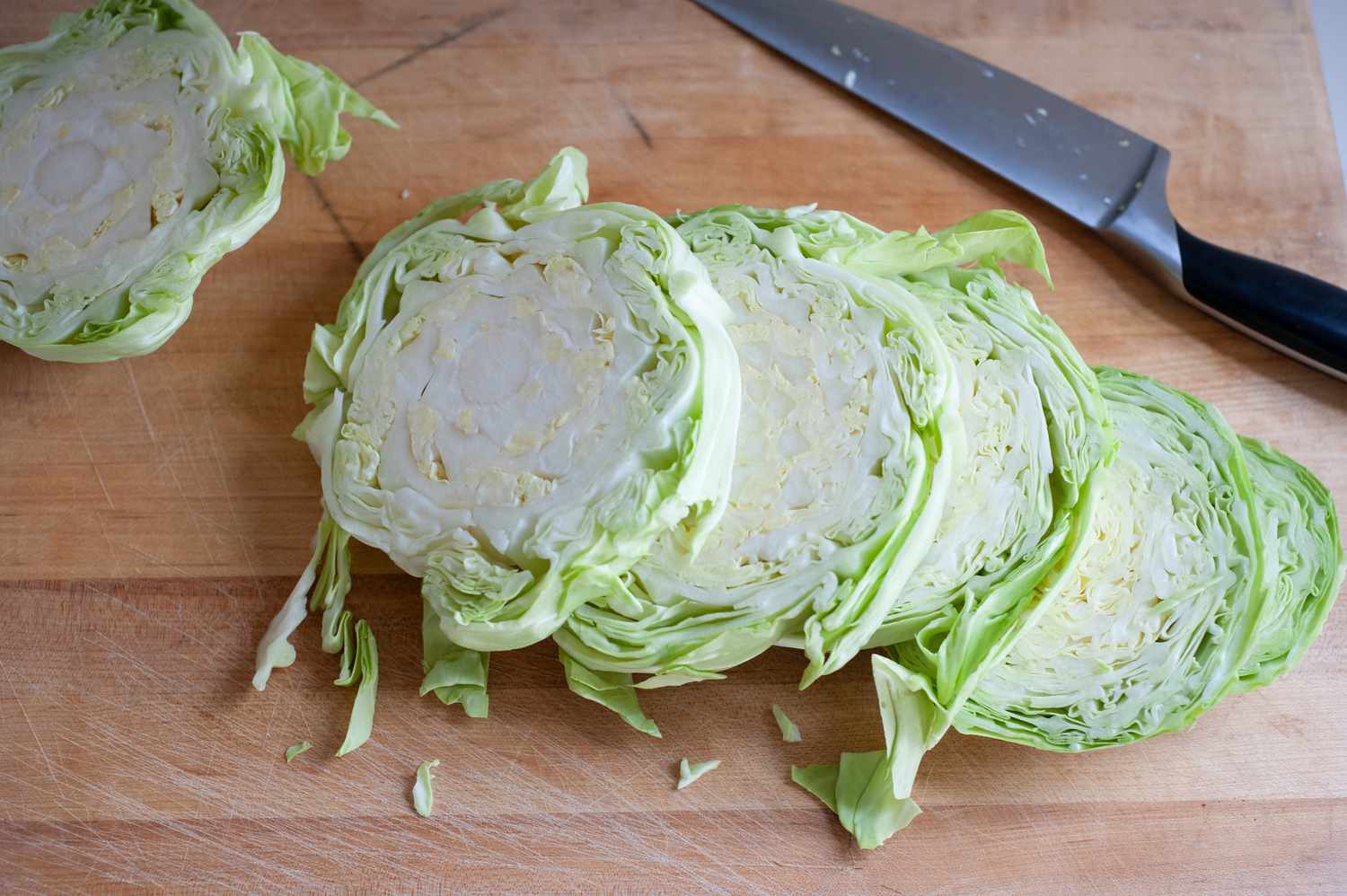
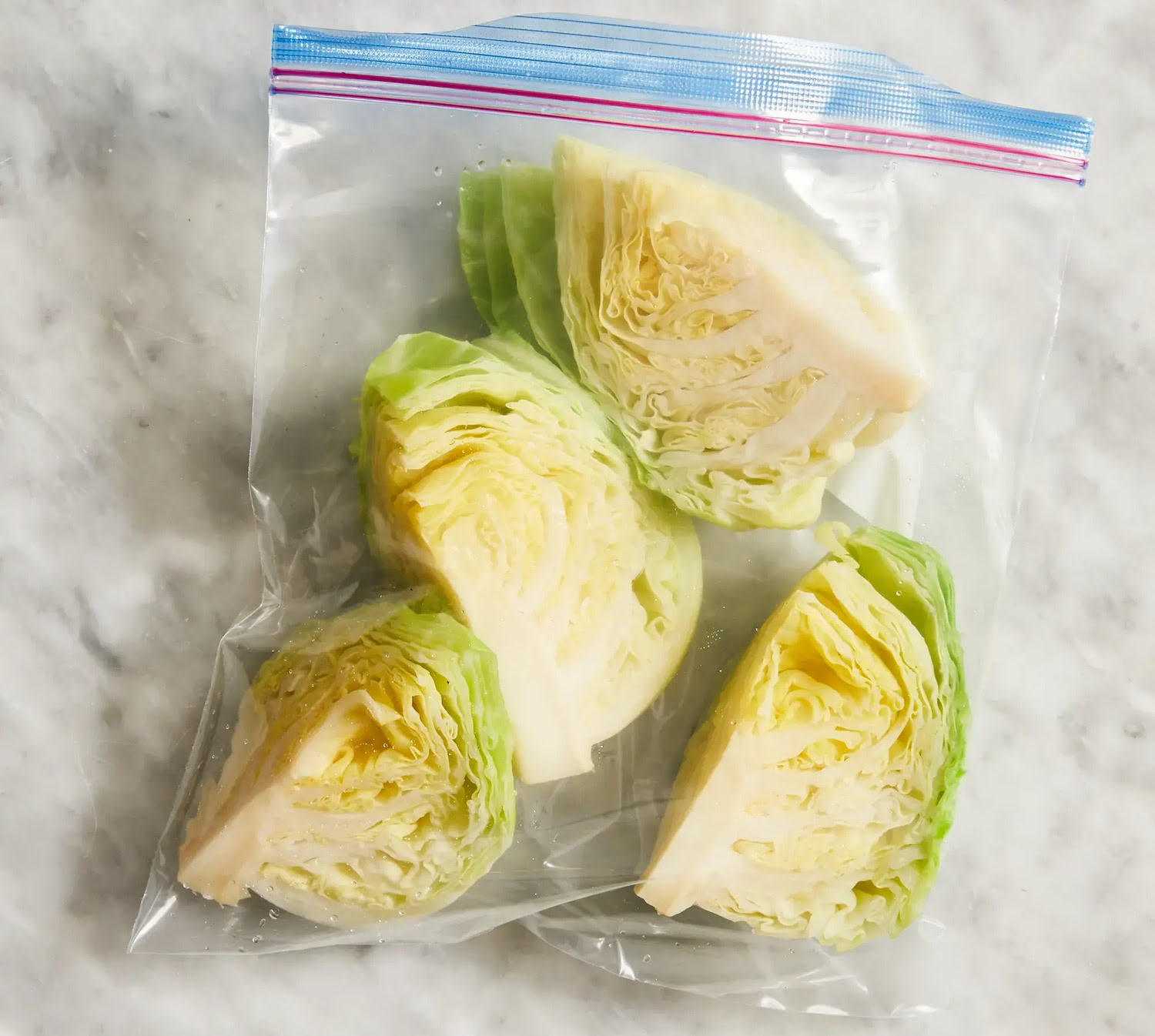
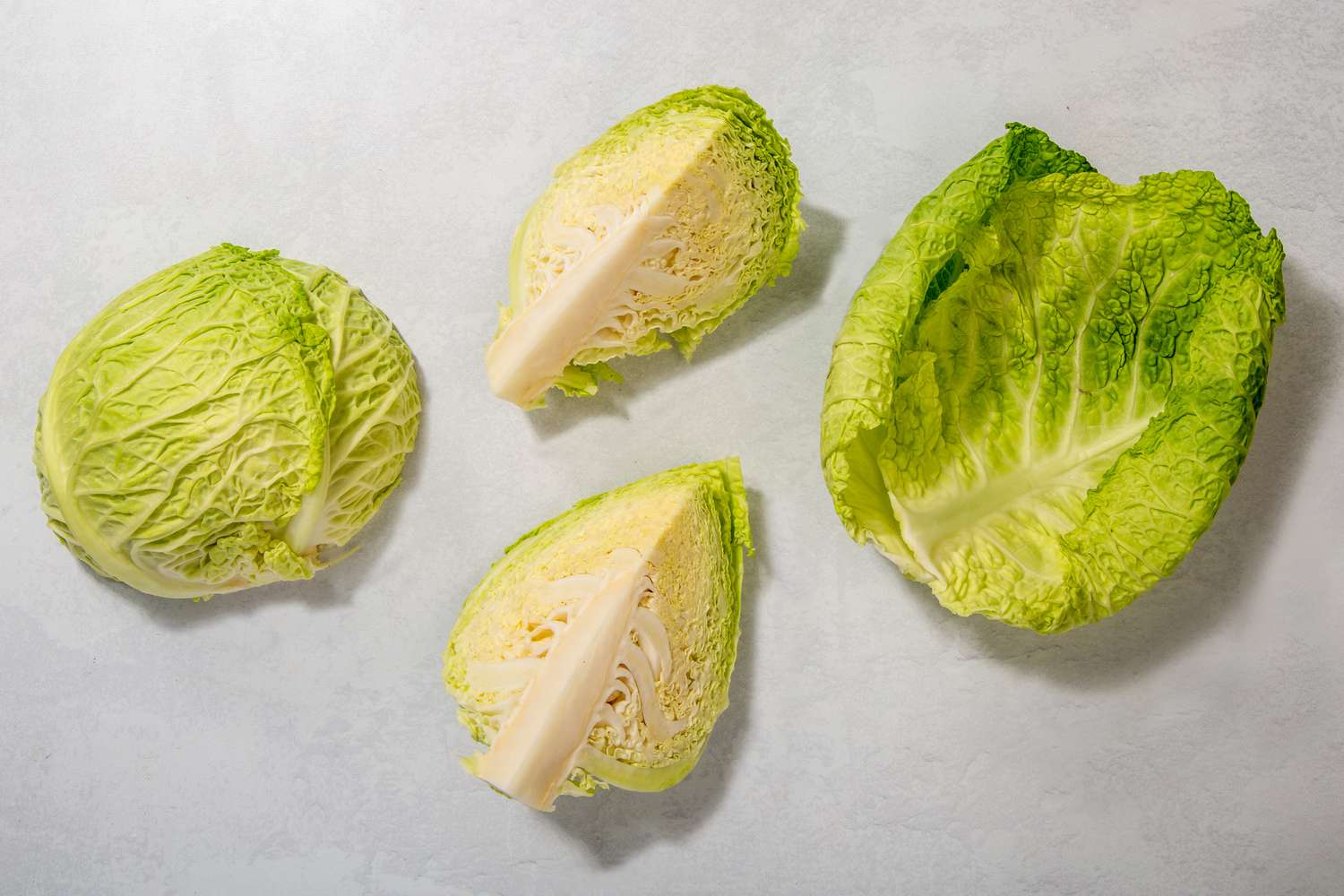
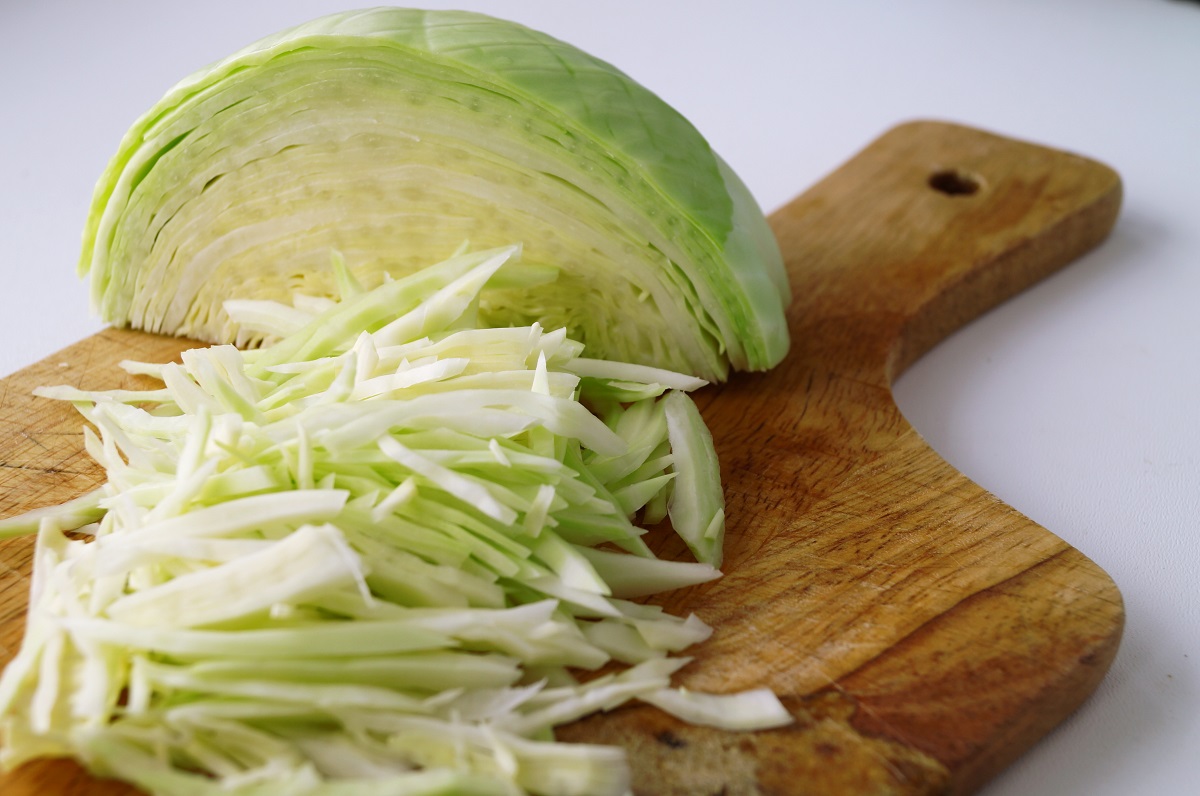
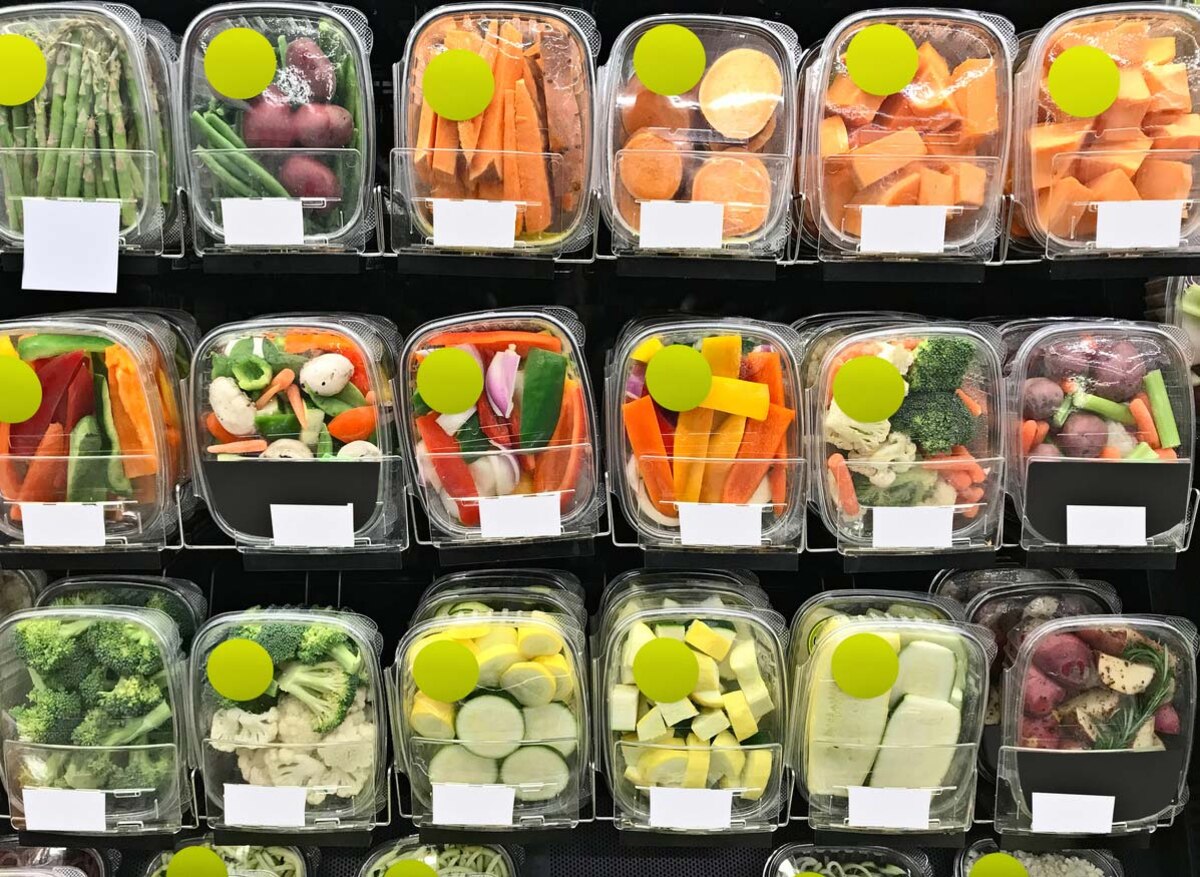
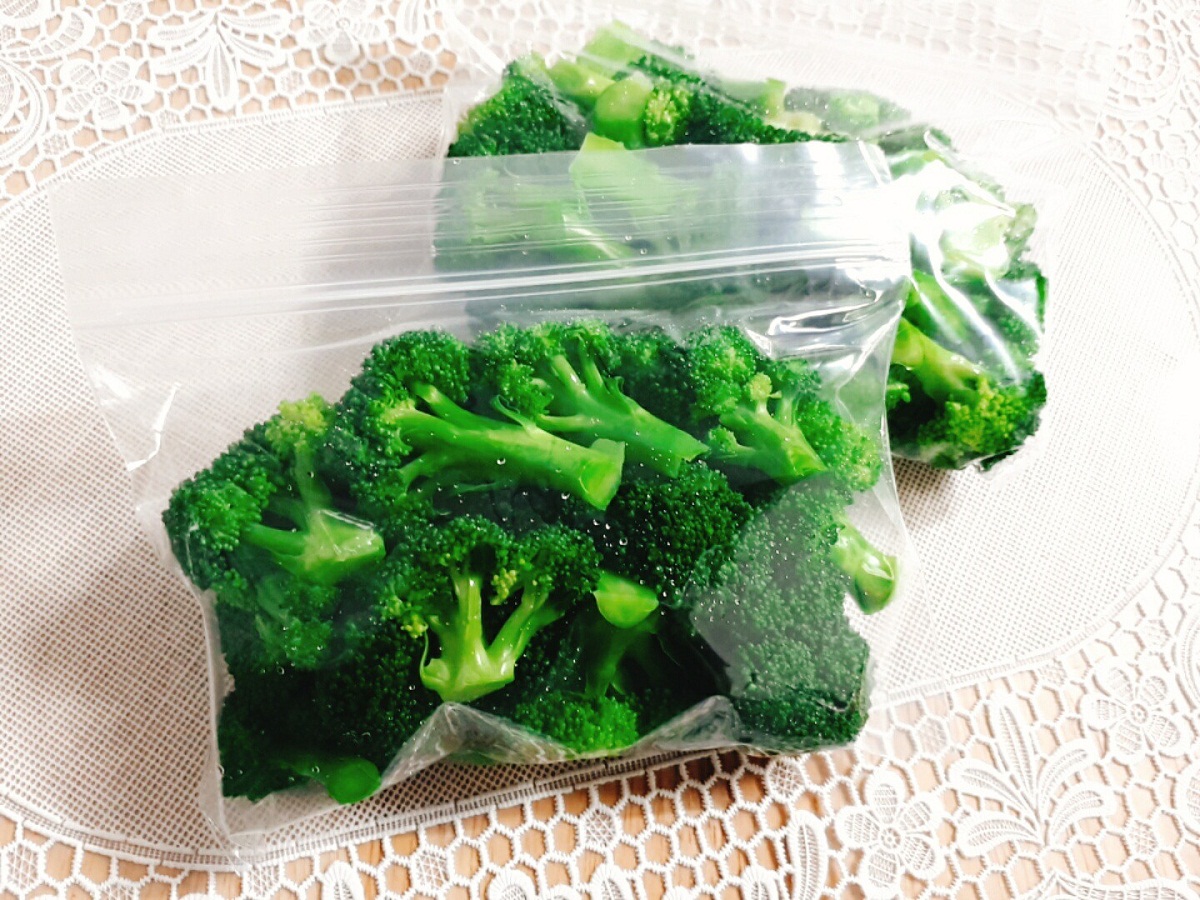
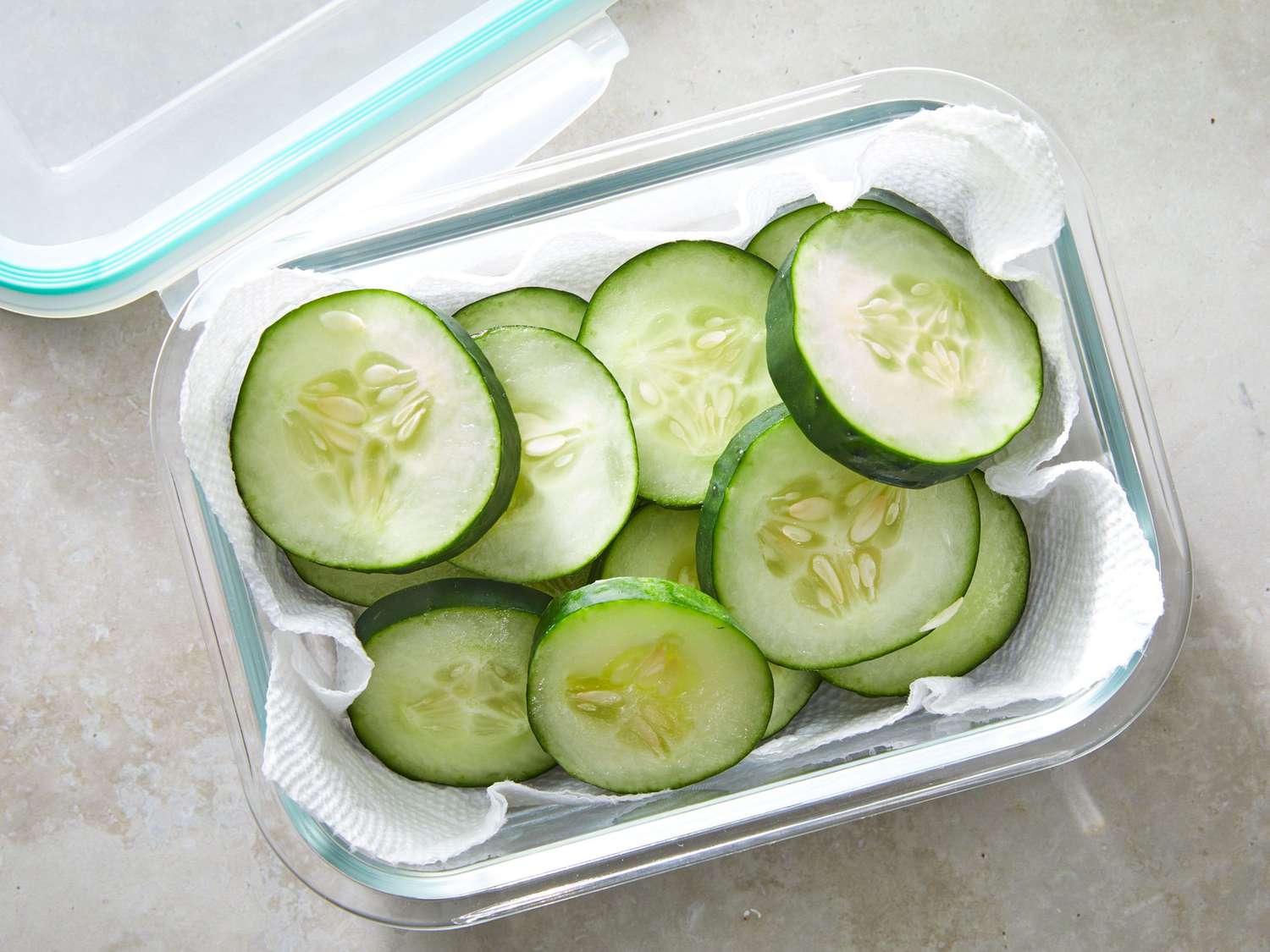
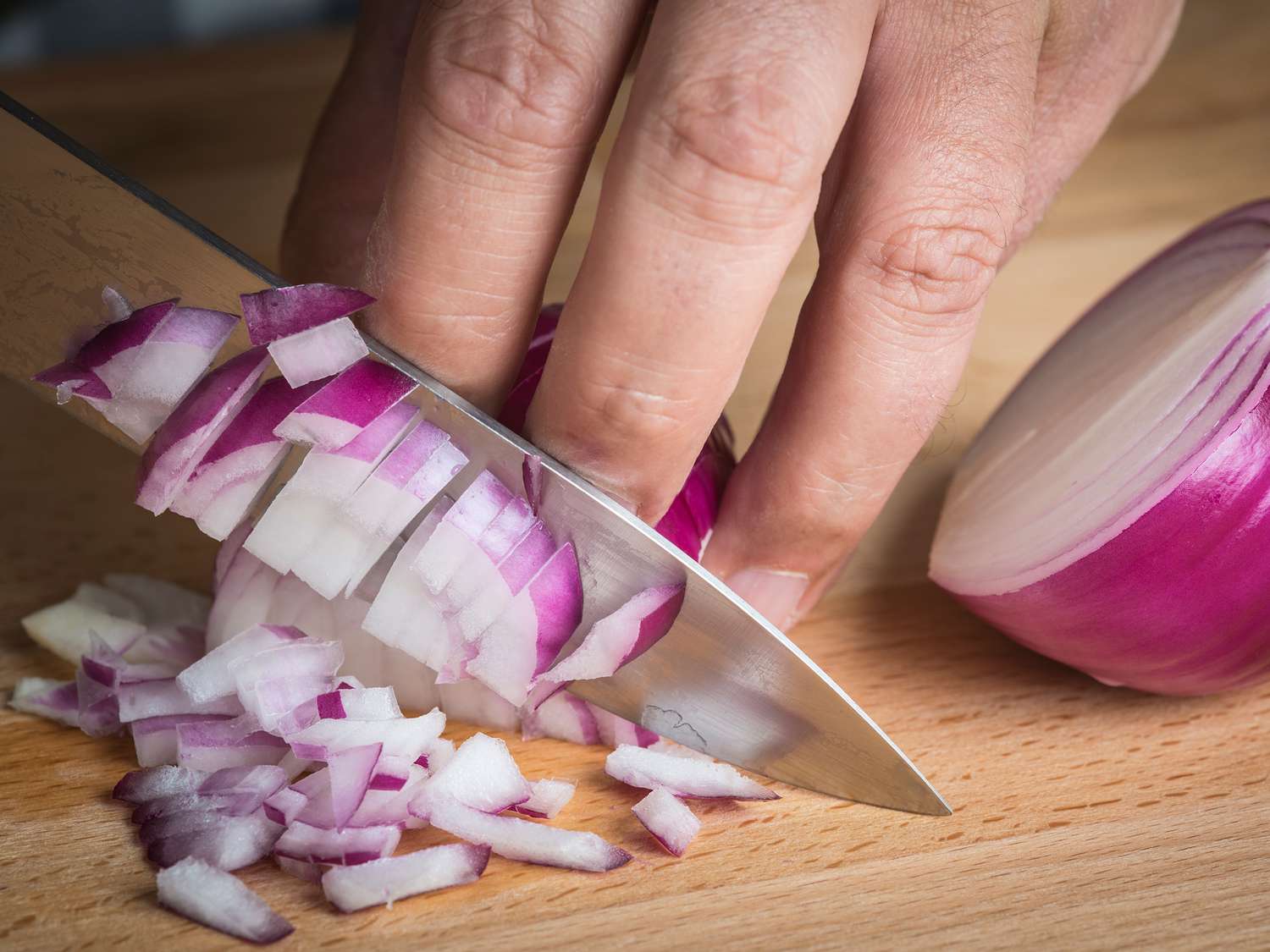
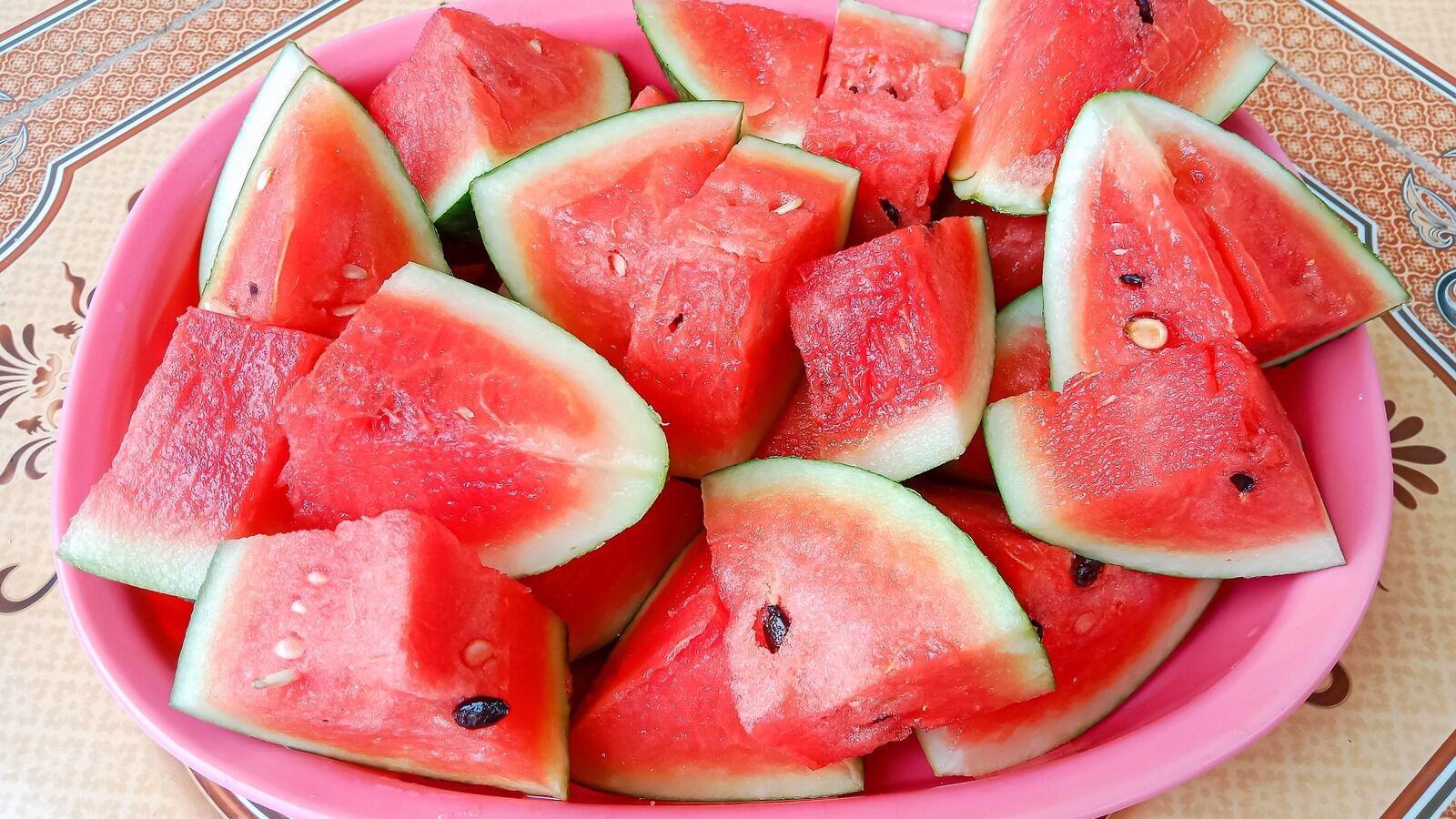
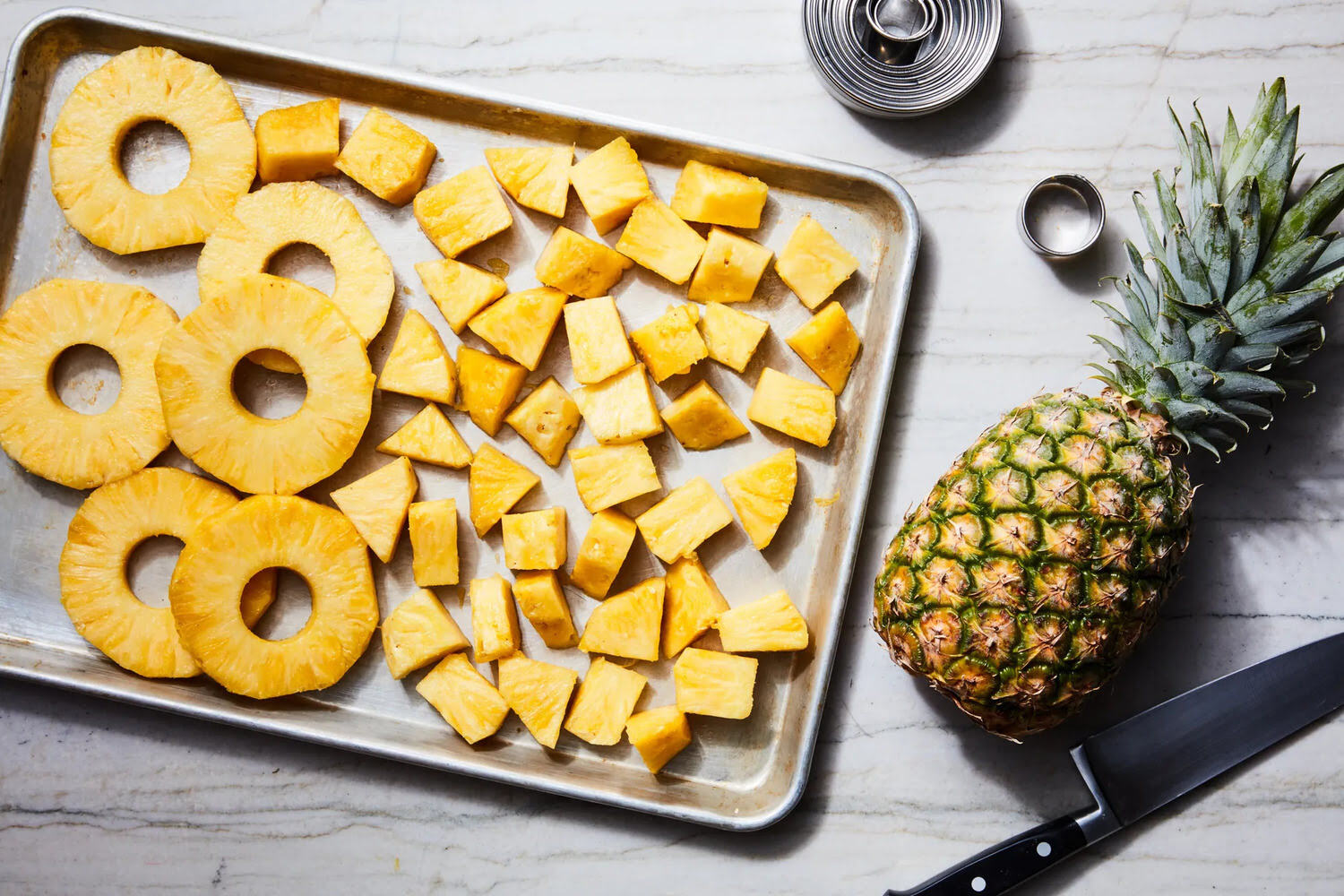
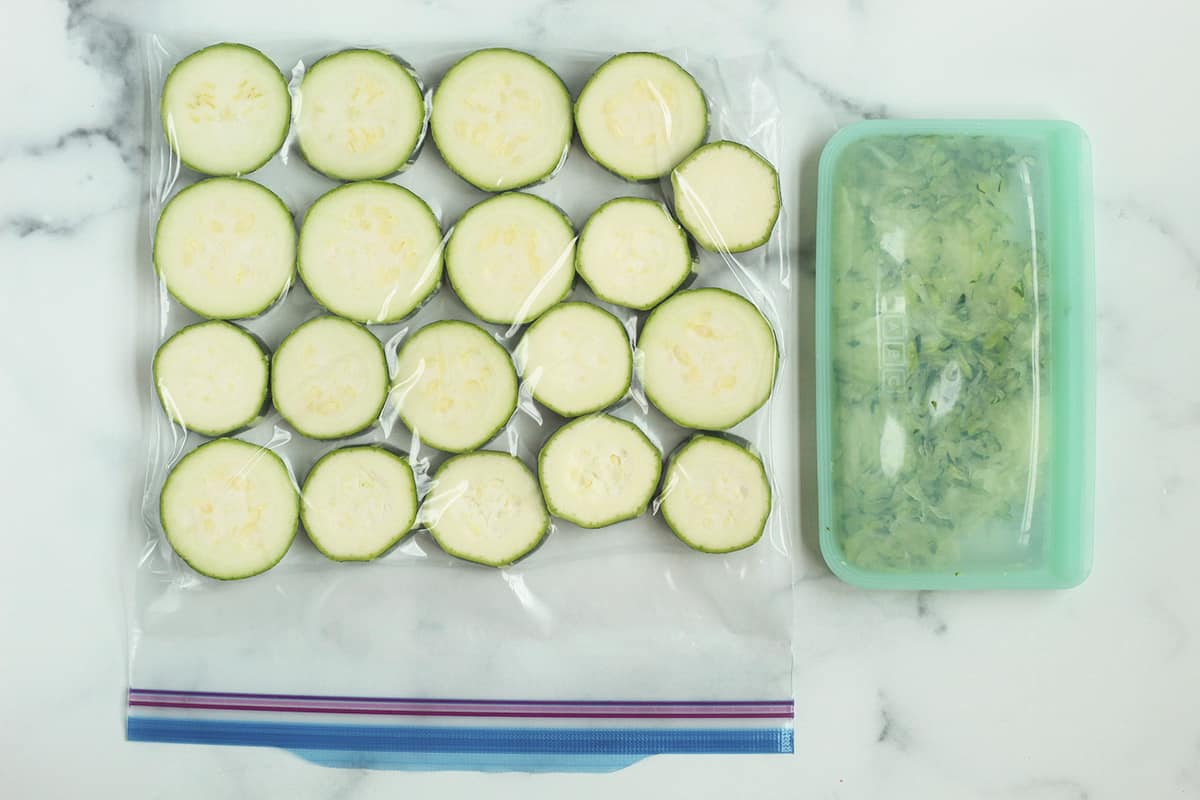
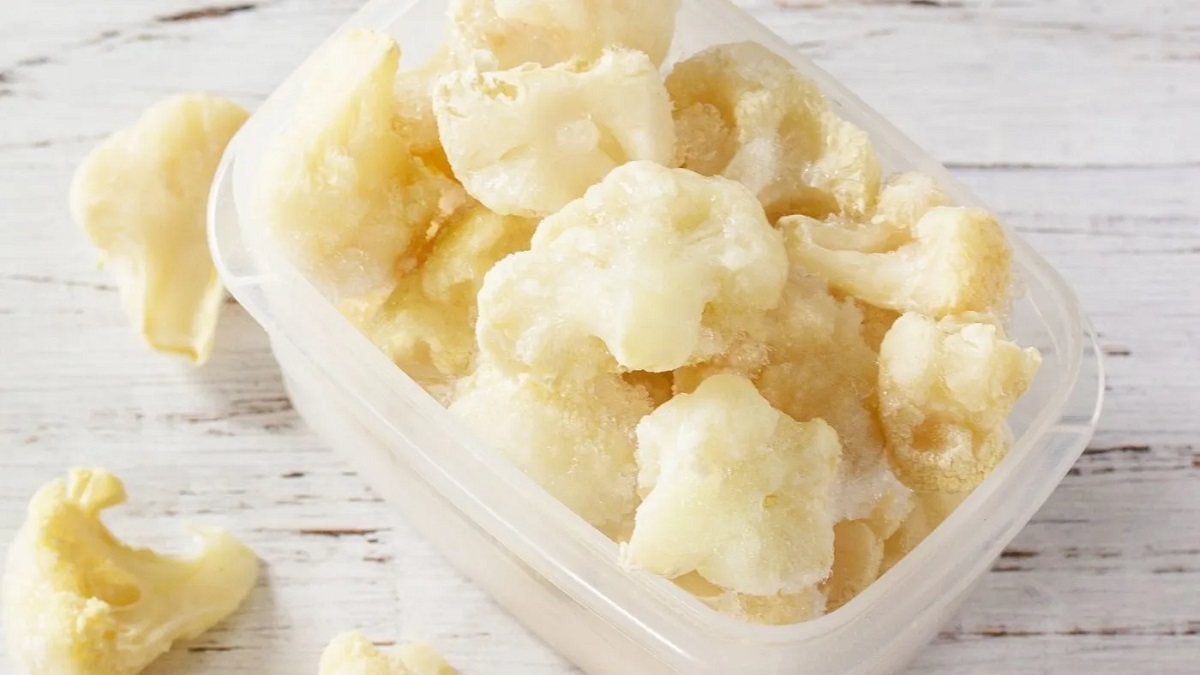
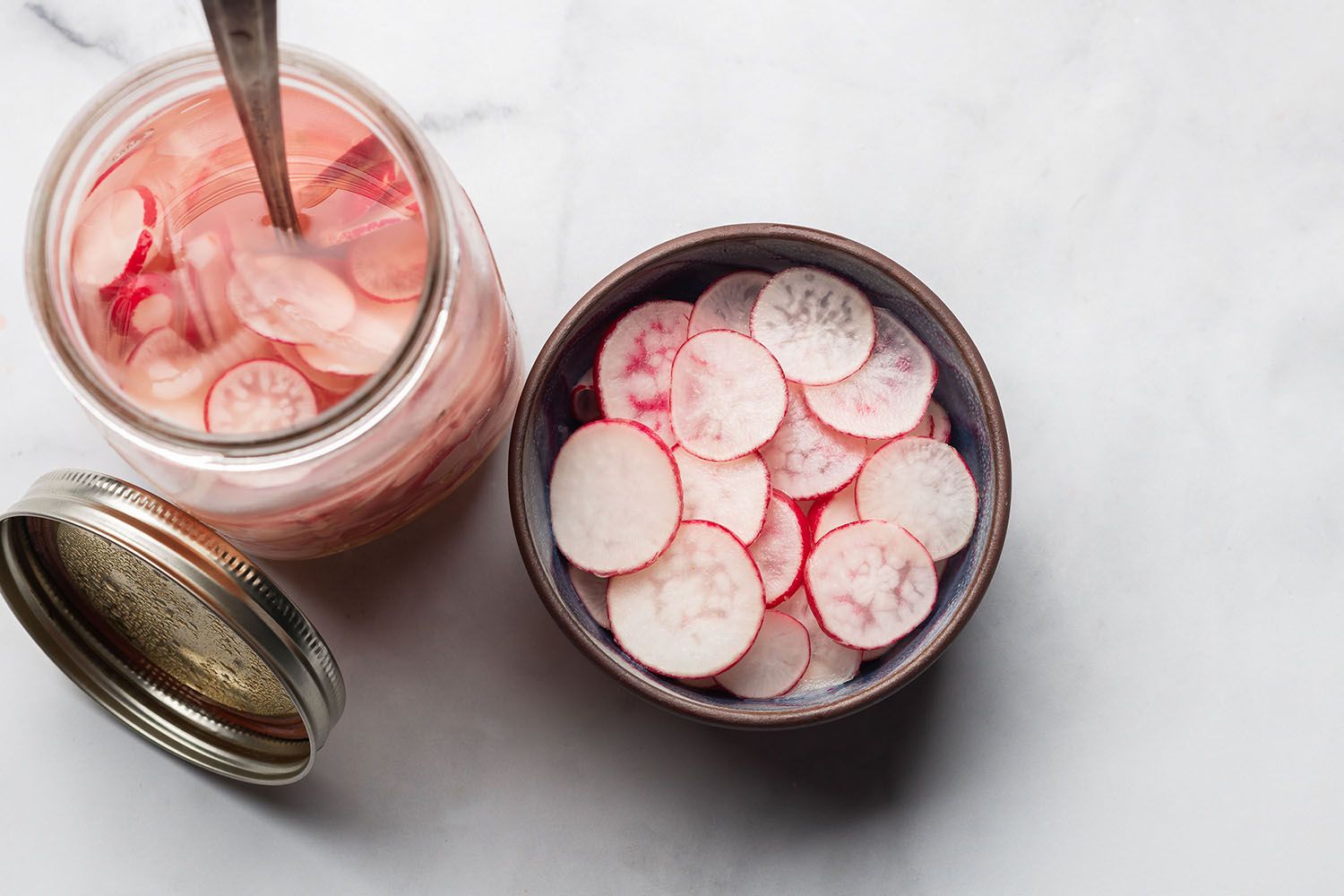

0 thoughts on “How To Store Cabbage In Fridge After Cutting”